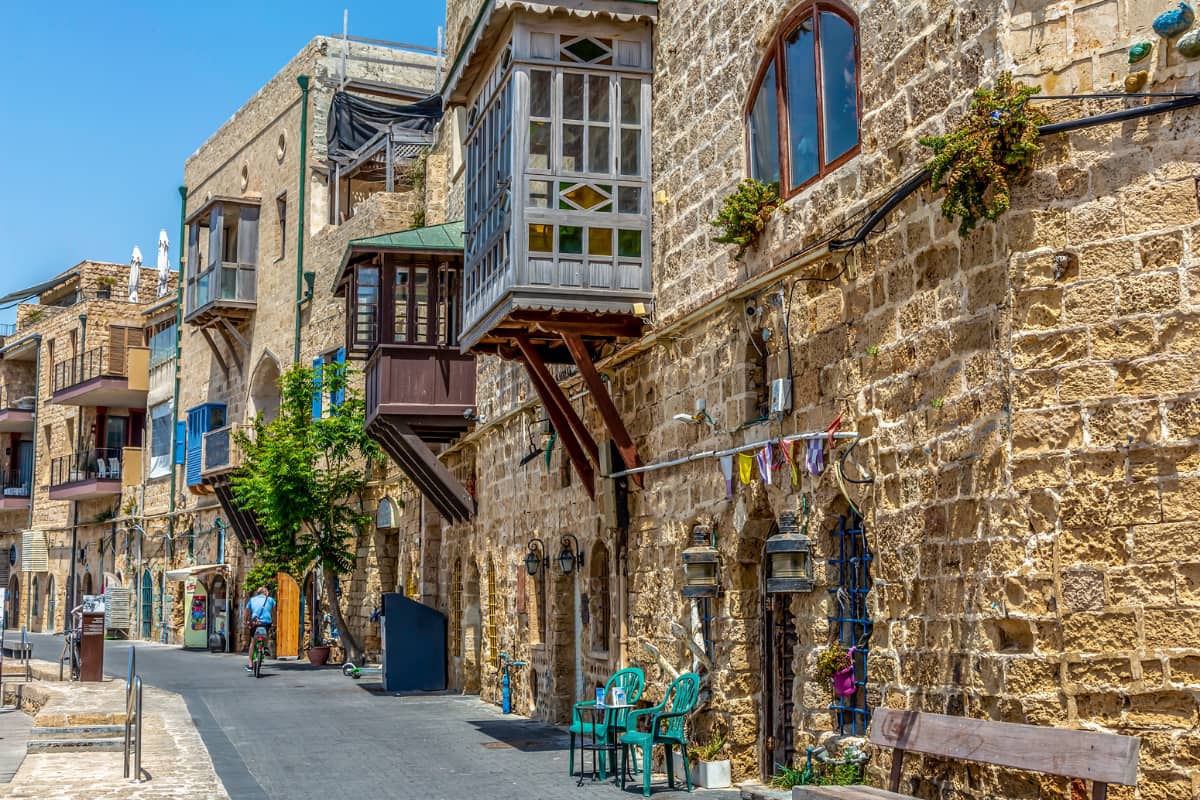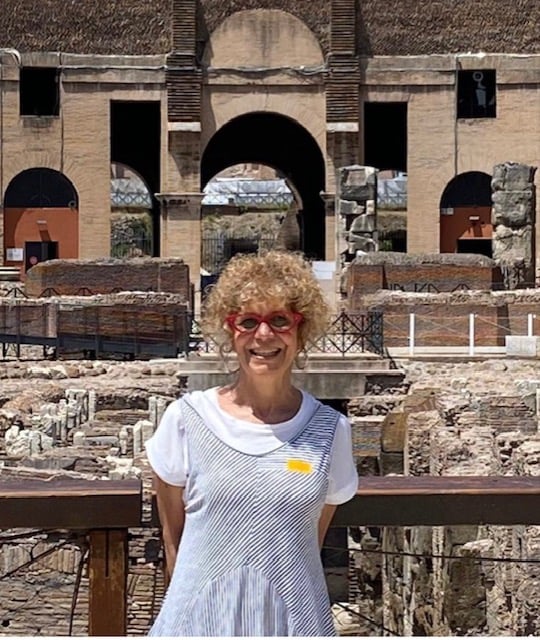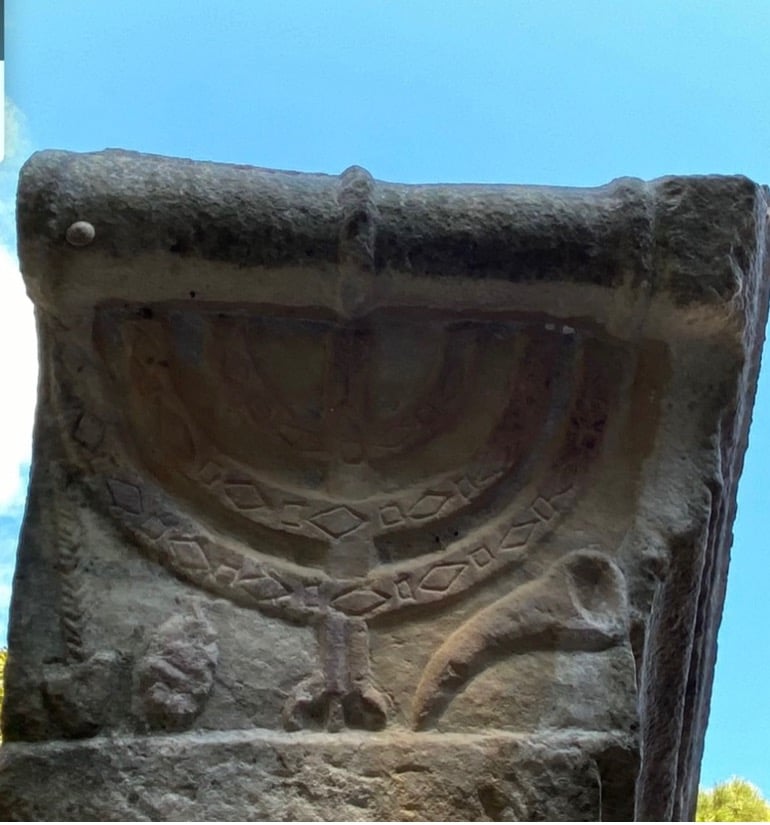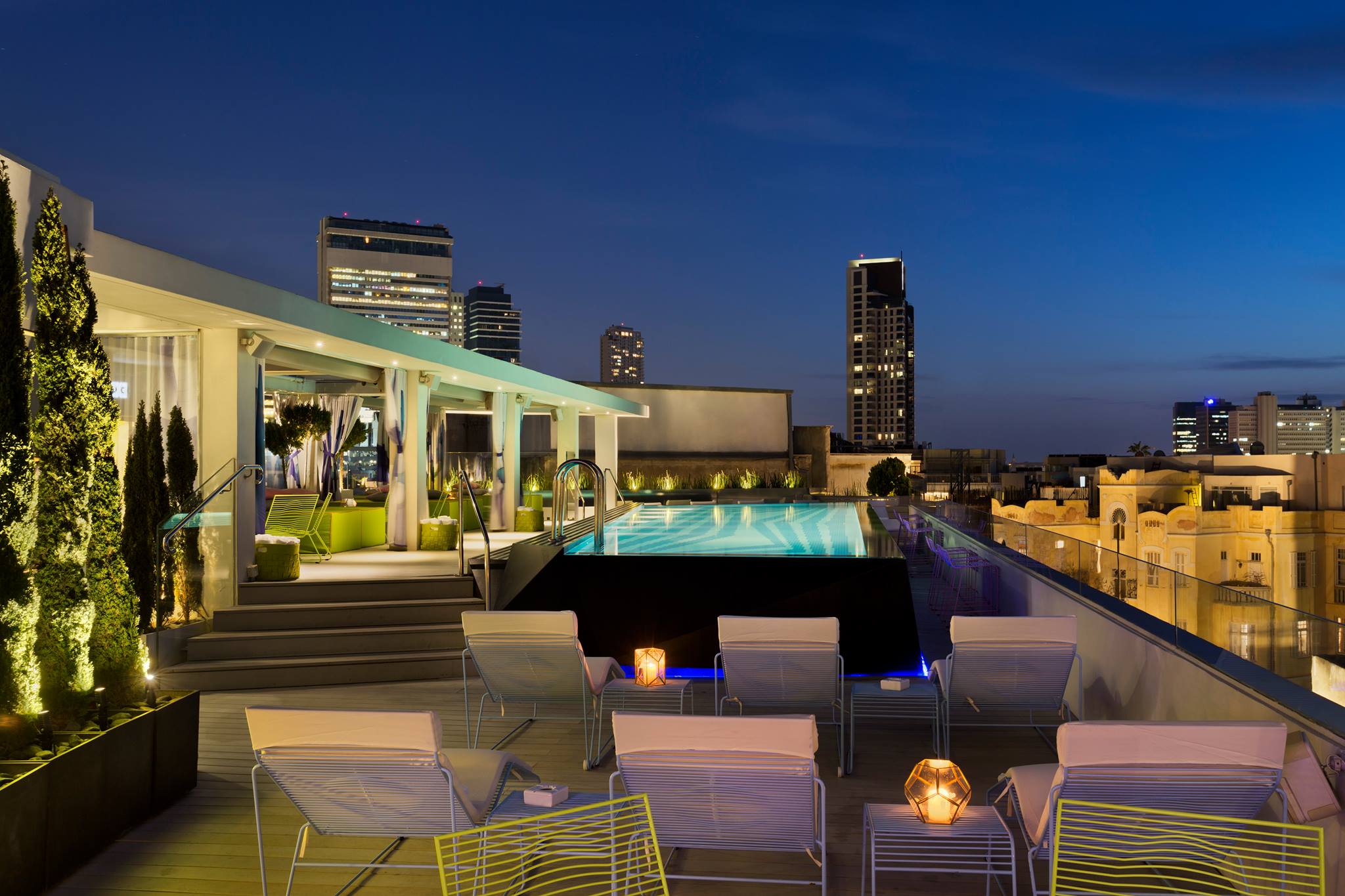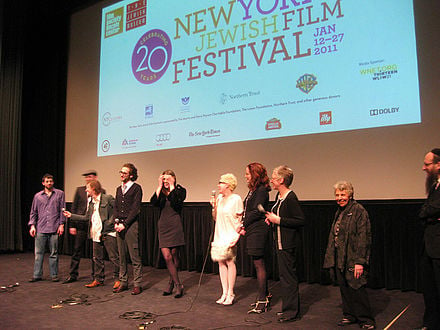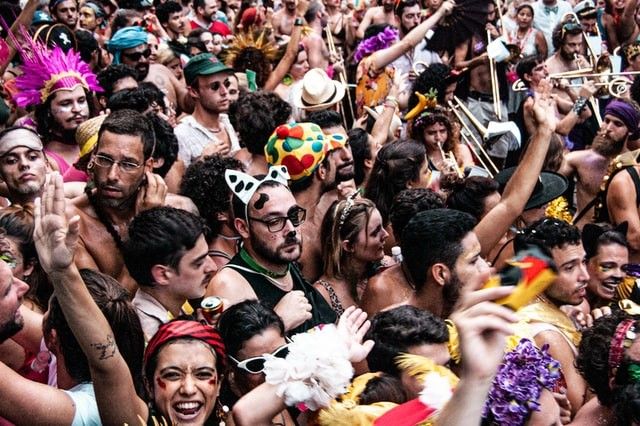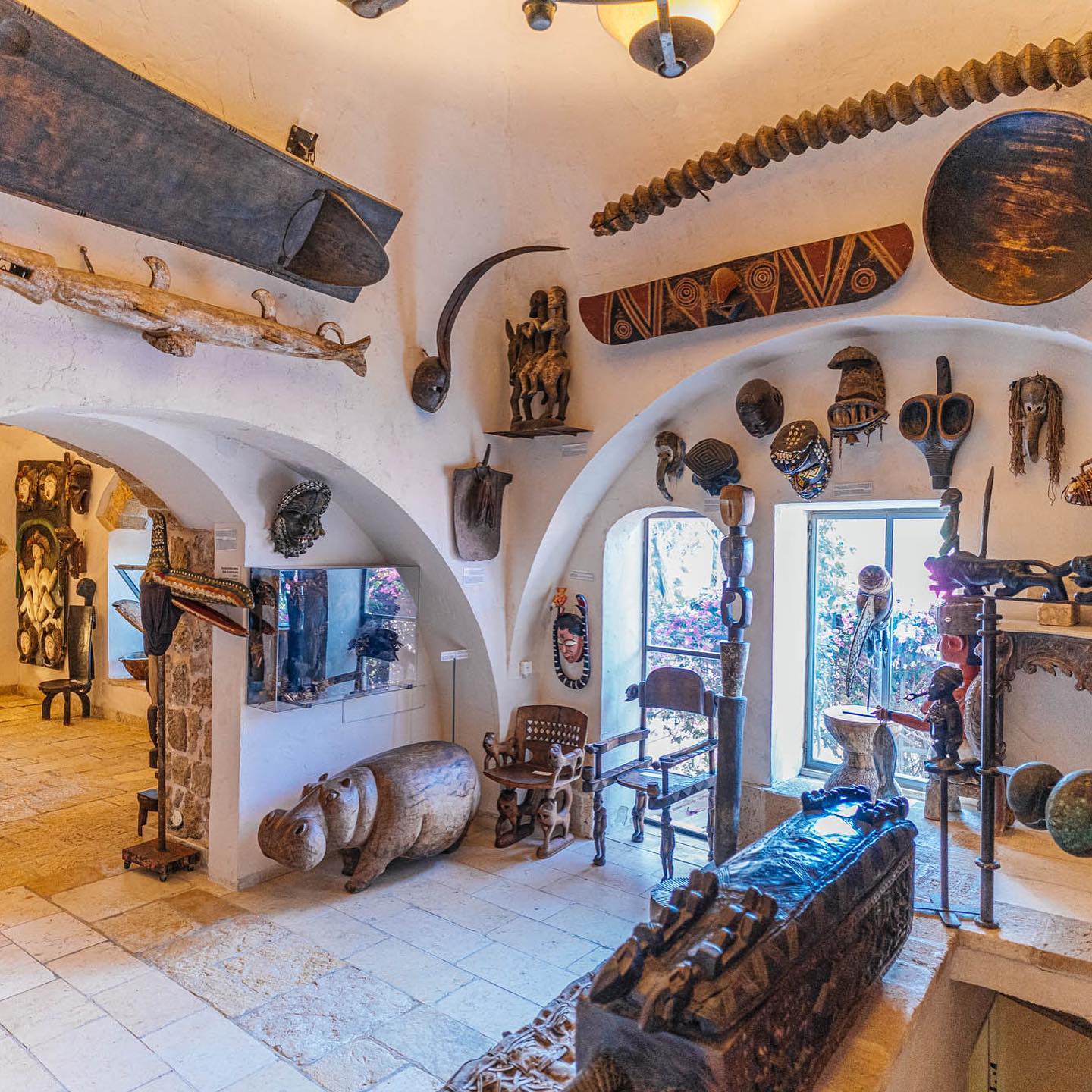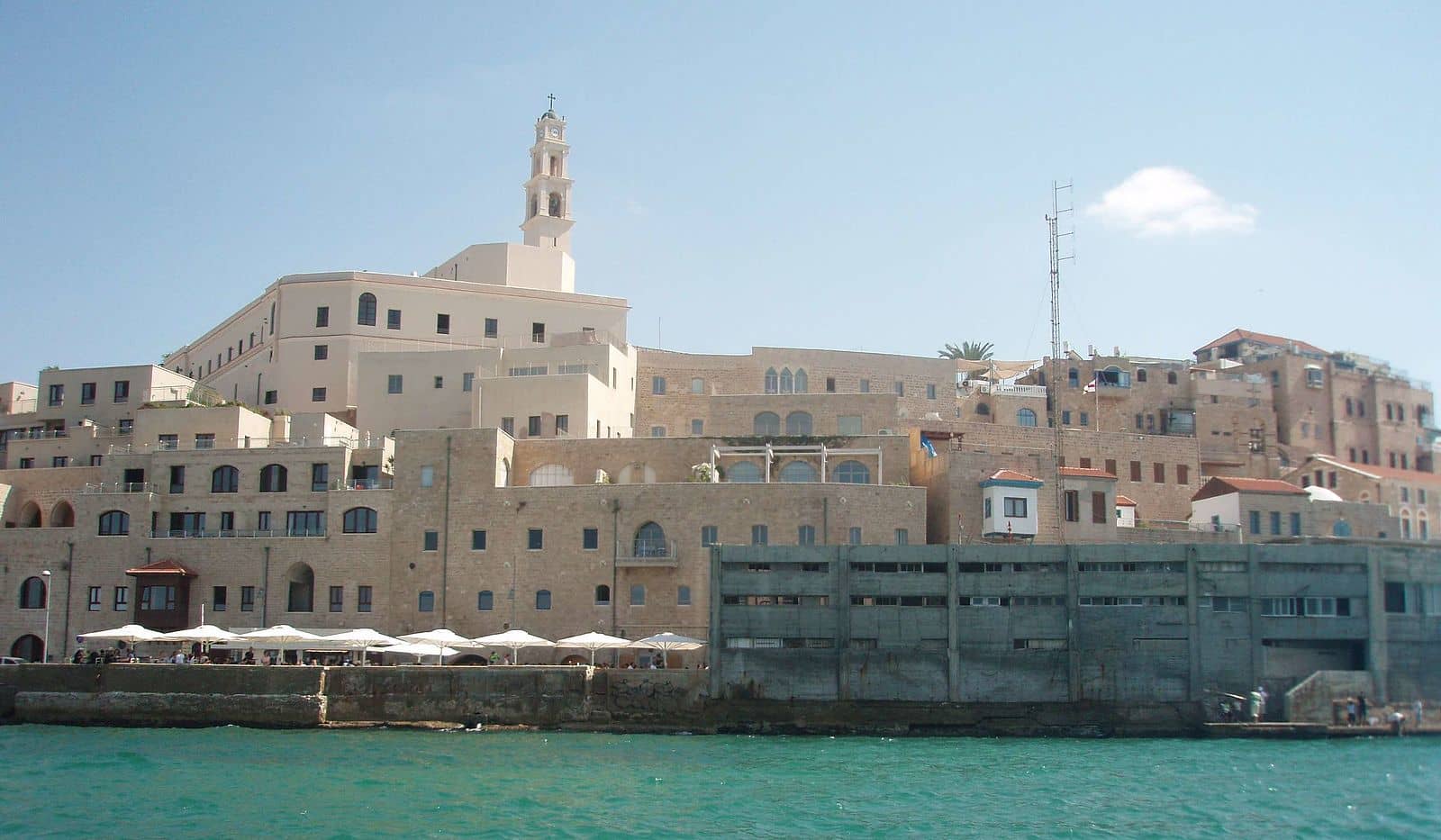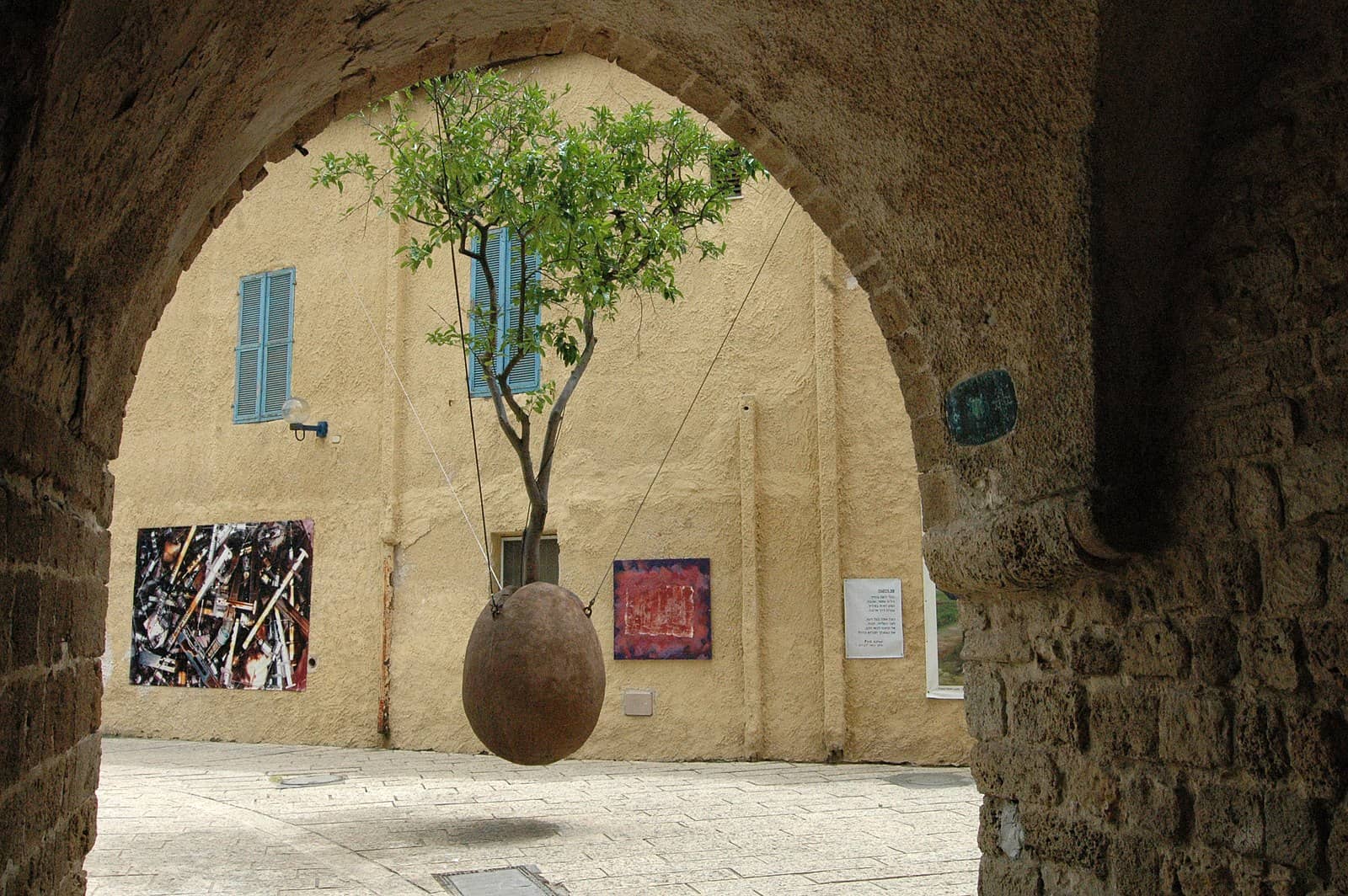Tour of Jewish Catacombs in Rome with Micaela Pavoncello
Pavoncello is a member of the Jewish Community of Rome and she shares specific insights, with majestic detail, about her ancestors – the Roman Jews.
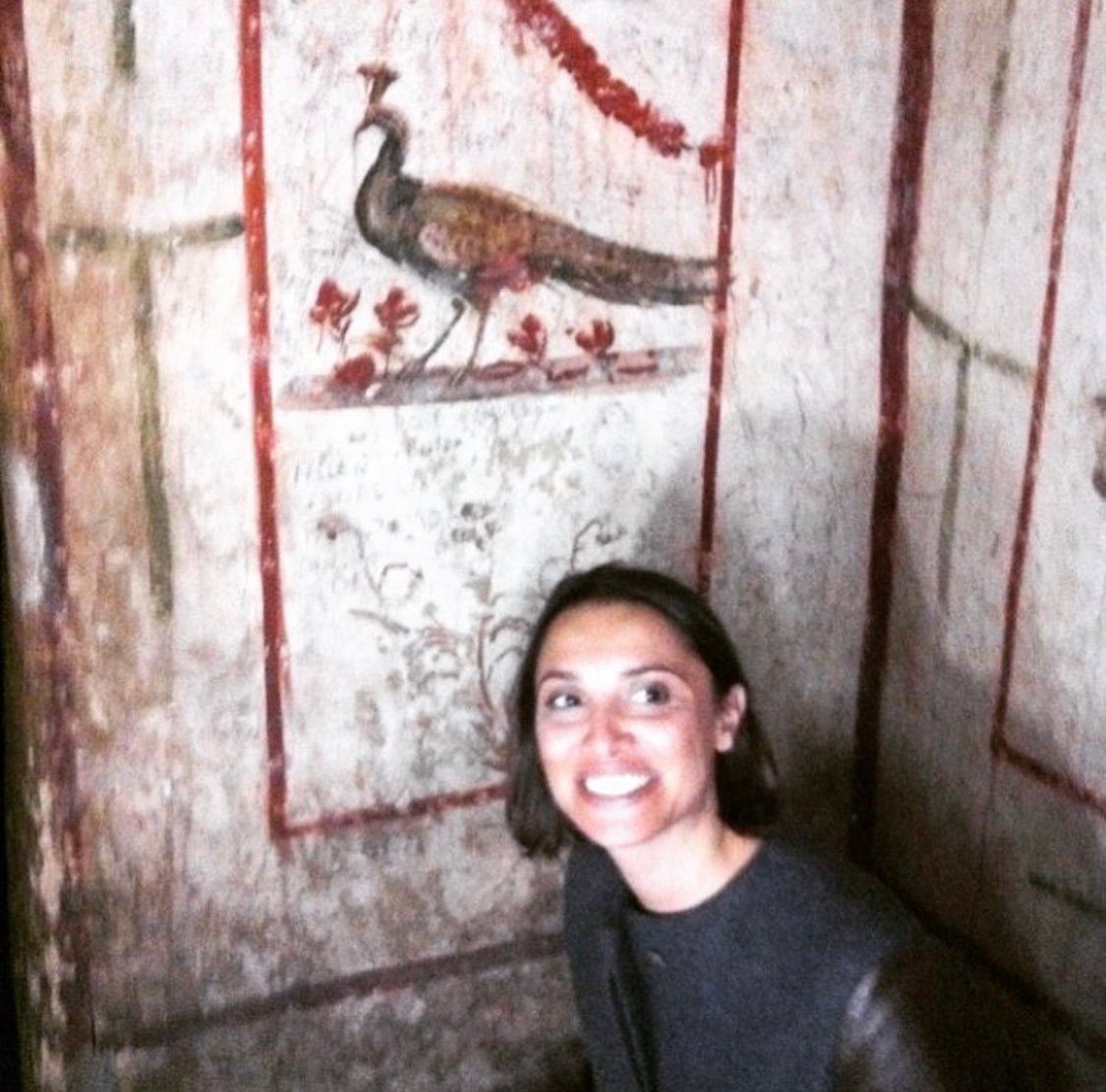
Pavoncello and her team of educators from the community, all Roman Jews, are on an educational mission to ensure that tourists from all backgrounds be exposed to Rome’s Jewish history by teaching and sharing their authentic Roman Jewish religion, culture, and traditions.
The Catacombs of Rome
The importance of the ancient Jewish community of Imperial Rome is attested by numerous symbols, such as the menorah, the shofar, oil lamps, amphorae, and the Four Species, most of which come from the Jewish catacombs.
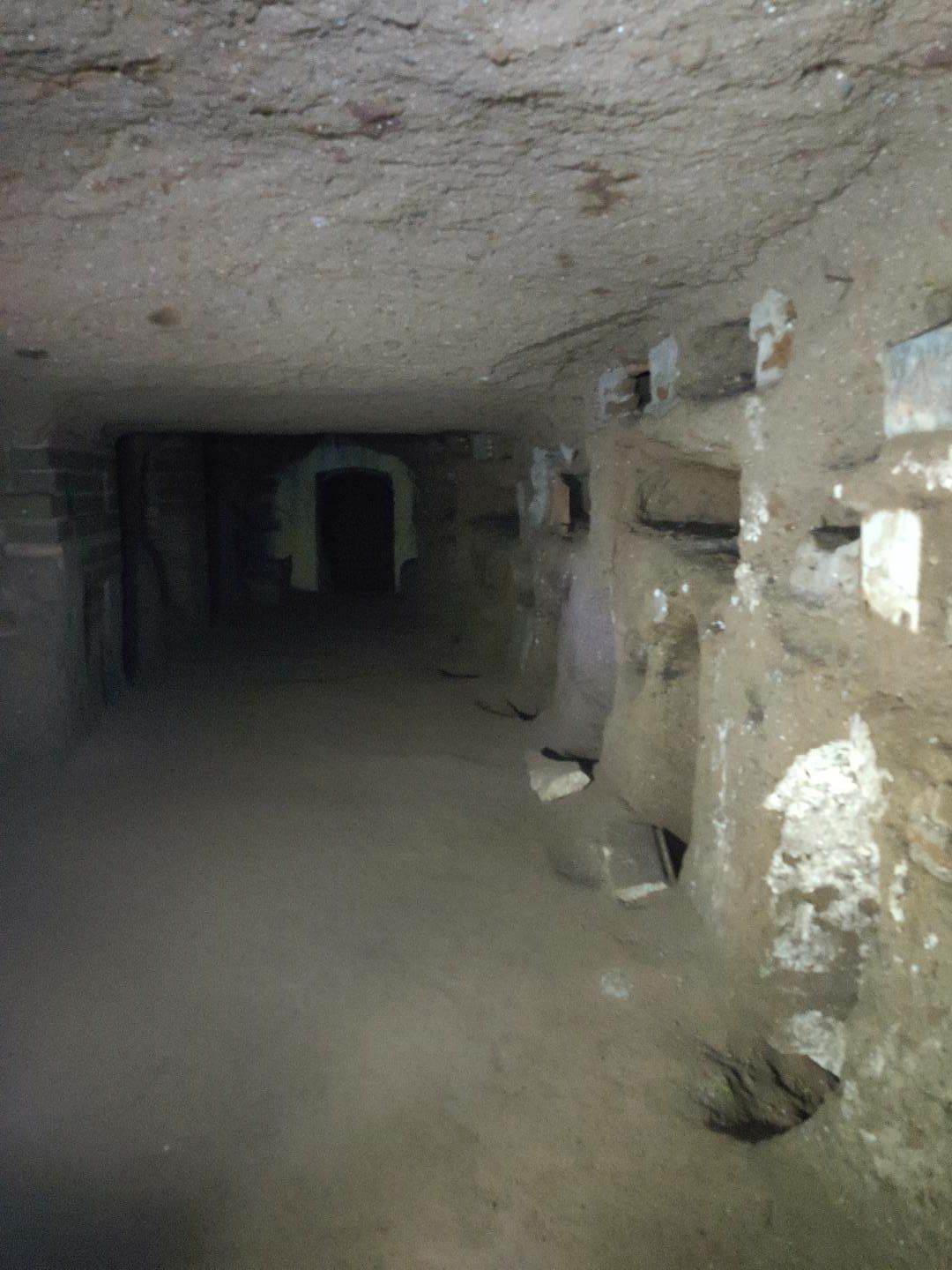
The Catacombs are deep, subterranean tunnels (underground cemeteries) with long corridors, burial niches, and cubicles. The Jewish catacombs were never venues of liturgical celebration– according to Jewish belief, contact with the dead renders one impure.
Jewish law and tradition command that Jews be buried in the ground. Burial niches were also dug in the catacombs. The name catacomb originates from the late Latin catacumba (etymology is uncertain), indicated, at first. a particular cave, hence, for instance, there were the Catacumbas, on the Appian Way outside the city center of Rome. In Rome, there is evidence of six catacombs, but only two, the Villa Torlonia on Via Nomentana and Vigna Randanini near the Via Antica, are accessible today.
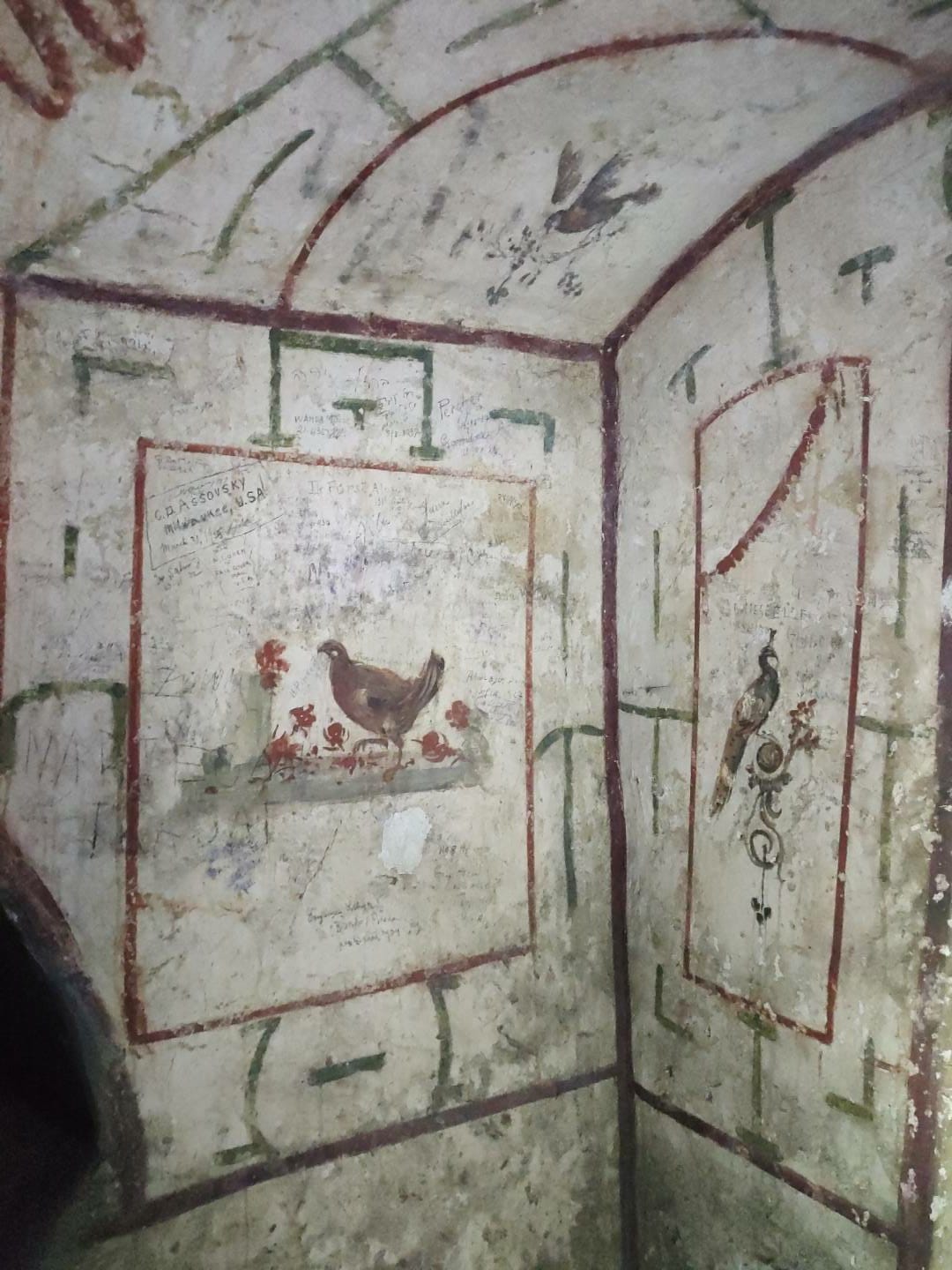
The Stone Epitaphs
Pavoncello provides full-day excursions involving accurate explanations of how the Jews of Rome bury their dead, from antiquity to present times. Her explanations include an overview of the valuable documentation of stone epitaphs. These include cast copies and some originals found today in the Jewish Museum of Rome, the Vatican Museums, the Capitoline Museums, the Roman National Museum, and the National Archaeological Museum of Naples.
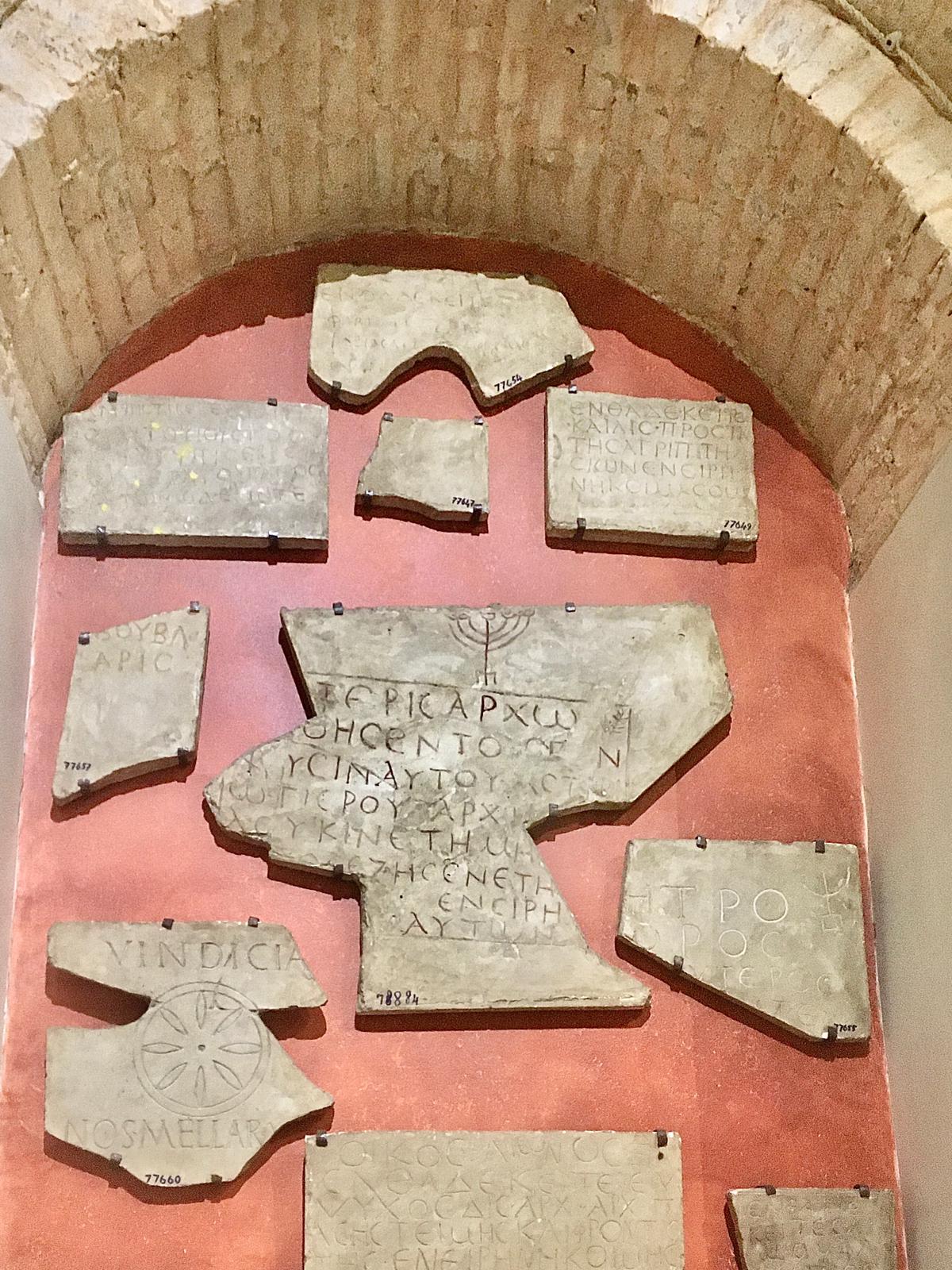
The funerary stone epigraphical inscriptions identify those buried. They enable us to know the different names of the Roman Jews from the time of the Roman Empire, as well as the names of the various congregations to which they belonged. The inscriptions likewise include the administrative positions and the organizational structure of the Roman Jewish community.
Some of the oldest epigraphical documentation which Pavoncello explains date back to the 2nd and 3rd centuries of the Common Era and are inscribed in ancient Greek. There is one particular inscription within the Jewish Museum’s collection which is in Aramaic and Greek, It belongs to a Jewess named Isadora and entails important information about the Jewish women in ancient Rome. In fact, there are several epitaphs dedicated to women in ancient Rome, proving how women held leadership roles and were cherished and respected by their husbands, sons, and the community.
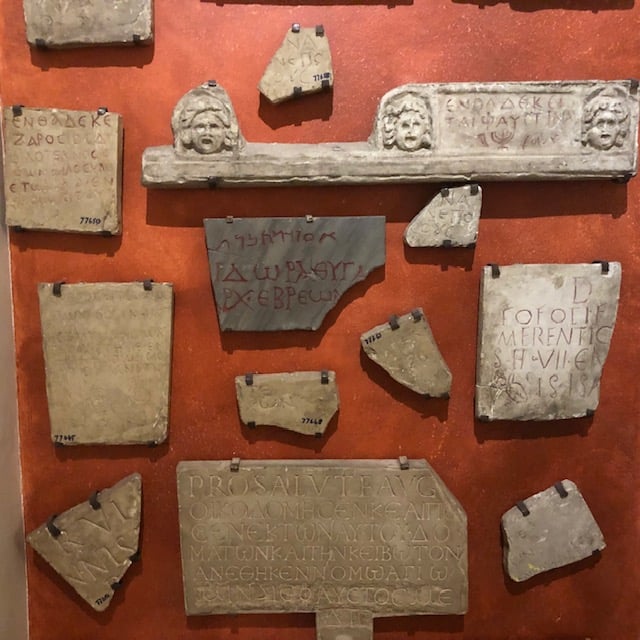
Pavoncello’s tours provide a direct relationship to the Roman Jewish past and still thriving community, and more interestingly, the symbolism used by ancient Roman Jews are symbols Jews will recognize and consider important even today.
“The Jewish catacombs are a source of pride for our Jewish community, which is often referred to as one of the most ancient of the Diaspora since they attest to our presence in Rome since far-off times,” says the Chief Rabbi of Rome Riccardo Di Segni.
“The catacombs belong to a very specific period in the history of Judaism, when the verse ‘For dust you are, and to dust, you shall return (Bereshit 3, 19) was fulfilled not by burying the dead in the ground, but in the loculi excavated in the stone,” Di Segni added, explaining what it is possible to learn about the Jewish life of that times.
About the Writer, Brenda Lee Bohen
Brenda is a Latina and a proud Veteran of the United States Army Reserves. She holds dual citizenship in both the United States and Italy. She is a trained historic preservationist who tirelessly advocates the scholarship and history of the Jews of Rome. She has her certification in Jewish leadership and continues advanced studies at the Spertus Institute for Jewish Learning and Leadership. Brenda is also a licensed and accredited tour guide at the Jewish Museum of Rome and the Vatican Museums.
Read more blogs from Brenda: Jewish Rome, 3 Literary Treasures of The Jewish Museum of Rome
Sources:
Treasures of The Jewish Museum of Rome: Guide to The Museum and Its Collections by Daniela Di Castro. Arnaldo De Luca Editore, Rome 2010; reprinted 2016. Ancient Symbols for A New History, 38-40
Jewish Museum of Rome
https://museoebraico.roma.it/en/
Jewish Roma
http://www.jewishroma.com
https://www.timesofisrael.com/in-rome-spectacular-ancient-jewish-catacombs-opening-haunted-by-delays/
https://www.timesofisrael.com/inside-the-catacombs-buried-history-ties-jews-to-ancient-rome/
